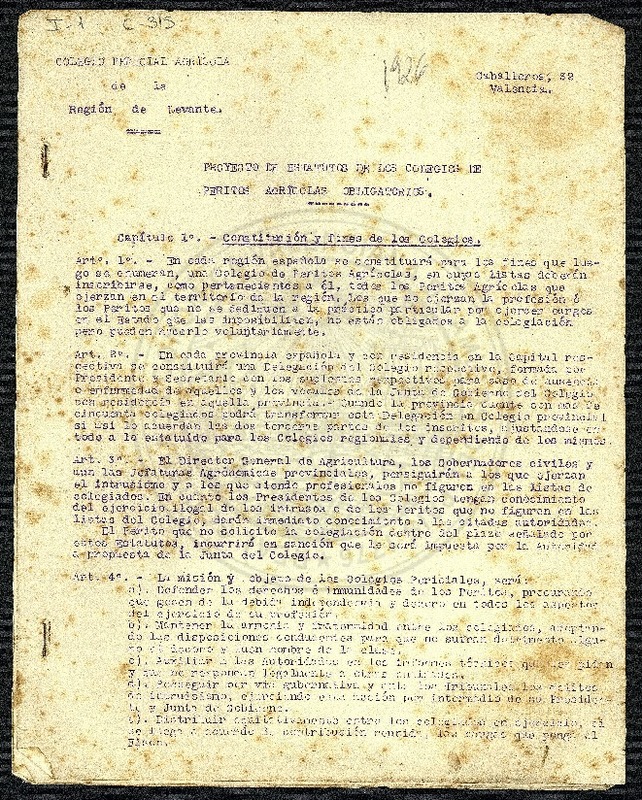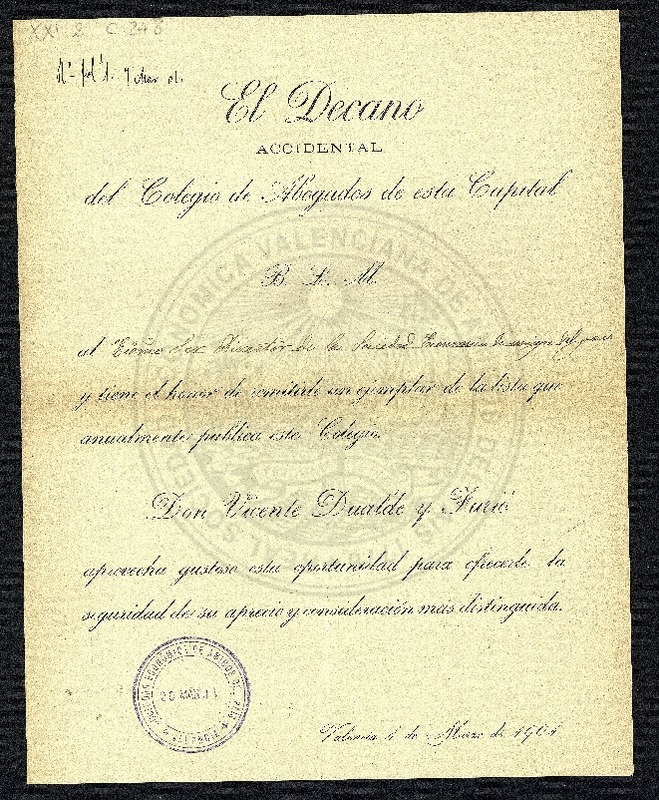|
Resumen:
|
La arquitectura educativa ha evolucionado
desde el instante mismo en el que comenzó
a ser necesaria. Los momentos en los que
arquitectura, pedagogía y educación dialogaron
y se situaron al mismo nivel durante el ...[+]
La arquitectura educativa ha evolucionado
desde el instante mismo en el que comenzó
a ser necesaria. Los momentos en los que
arquitectura, pedagogía y educación dialogaron
y se situaron al mismo nivel durante el proceso
proyectual dieron como resultado centros
escolares en los que el espacio formaba parte
del proceso educativo, colaborando en el
aprendizaje como una herramienta educativa
más.
El método tradicional de enseñanza, el más
extendido y longevo, no concibe el espacio como
parte del currículum escolar, educando dentro
de él pero no con él. Genera una arquitectura
rígida y repetitiva, ausente de personalidad.
Las teorías educativas desarrolladas durante
la segunda década del siglo XX, como el
método Montessori, introdujeron nuevas ideas
y preocupaciones, situando al niño como la
razón y origen de la educación. La arquitectura
resultante, ejecutada en la década de los
sesenta, posee gran calidad y transparencia
espacial, haciendo participe a la arquitectura
del proceso de aprendizaje. Los métodos más
recientes han seguido las líneas pautadas en
los años 20’, incluyendo el uso de las nuevas
tecnologías y evolucionando hacia espacios
más diáfanos e intercomunicados, como en los
edificios relacionados con el New Learning.
Es necesario recuperar esa actitud activa e
investigadora de la arquitectura escolar realizada
en los años 60’ para generar un espacio
educativo acorde con los planteamientos
educativos y la sociedad actuales.
[-]
The educational architecture has evolved since
the instant in which it started to be required.
The moment in which architecture, pedagogy
and education came in contact and were
placed at the same level during the ...[+]
The educational architecture has evolved since
the instant in which it started to be required.
The moment in which architecture, pedagogy
and education came in contact and were
placed at the same level during the projectual
process gave as a result scholar centres where
the space was part of the educational process,
cooperating in the learning process as another
tool for education.
The traditional method of learning, the most
spread and oldest, does not conceive the
space as a part of the scholar curriculum,
teaching in it but not with it. It produces a rigid
and repetitive architecture, without personality.
The educational theories developed during
the second decade of the XXth century, as the
Montessori Method, introduced new ideas and
concerns, putting the child as the reason and
the origin of education.
The resultant architecture, built during the
decade of the sixties, has a great spatial quality
and transparency, making the architecture
participant in the learning process. The newest
methods have followed the guidelines provided
in the 1920’s, including new technologies and
evolving into a more open and connected space,
as it happens in the buildings related with New
Learning method.
It is necessary to bring back that active and
investigative attitude of the scholar architecture
born during the sixties in order to generate a
space to learn which keeps up with the current
learning approach and society.
[-]
L’arquitectura educativa ha evolucionat des
de l’instant mateix en què va començar a ser
necessària. Els moments en què arquitectura,
pedagogia i educació van dialogar i es van
situar al mateix nivell durant el procés ...[+]
L’arquitectura educativa ha evolucionat des
de l’instant mateix en què va començar a ser
necessària. Els moments en què arquitectura,
pedagogia i educació van dialogar i es van
situar al mateix nivell durant el procés projectual
van donar com a resultat centres escolars
en el quals l’espai formava part del procés
educatiu, col·laborant en l’aprenentatge com
una ferramenta educativa més.
El mètode tradicional d’ensenyança, el més
estés i longeu, no concep l’espai com a part
del currículum escolar: educa dins d’ell però
no hi col·labora. Genera una arquitectura rígida
i repetitiva, absent de personalitat. Les teories
educatives desenvolupades durant la segona
dècada del segle XX, com el mètode Montessori,
van introduir noves idees i preocupacions,
situant el xiquet com la raó i origen de l’educació.
L’arquitectura resultant, executada en la
dècada dels seixanta, posseeix gran qualitat
i transparència espacial, fent partícip a
l’arquitectura del procés d’aprenentatge. Els
mètodes més recents han seguit les línies
pautades en els anys 20’, incloent l’ús de les
noves tecnologies i evolucionant cap a espais
més diàfans i intercomunicats, com en els
edificis relacionats amb el New Learning.
És necessari recuperar eixa actitud activa i
investigadora de l’arquitectura escolar realitzada
en els anys 60’ per a generar un espai educatiu
d’acord amb els plantejaments educatius i la
societat actuals.
[-]
|




![[Cerrado]](/themes/UPV/images/candado.png)





